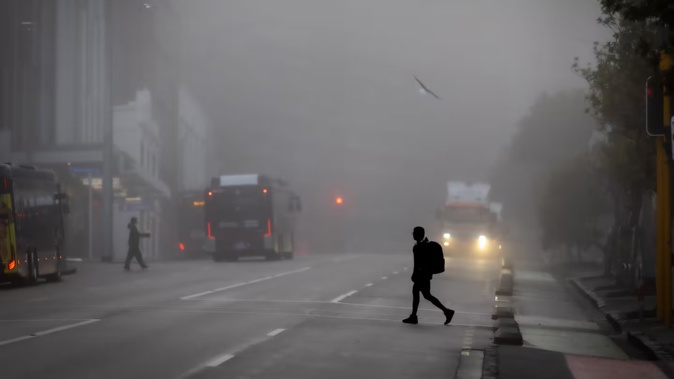
The number of people on a benefit reached a new record for the June quarter with 380,889 people or 11.9% of the working-age population receiving a benefit. The next-worst figure for the June quarter was June 2020 when 353,439 people or 11.5% of the working-age population were receiving a benefit.
The figures are a whisker away from hitting an all-time high under the current reporting method, although they are a way off the all-time record when measured as a proportion of the working-age population.
The record is held by December 2020, when 389,499 people were receiving a main benefit. In proportional terms, the highest rate was reached in the December quarter of 2010, when 13% of the working-age population was on a benefit. The figures include people receiving jobseeker, supported living, sole parent and other types of main benefits. It does not include people receiving superannuation.
Worryingly, the figures are tracking slightly ahead of Treasury’s May forecasts, which estimated 193,000 people would be on jobseeker or another kind of emergency benefit in June. The actual figure is 196,434, or 6.2% of the working-age population, which is historically high, equal to the June 2020 quarter and far higher than the periods of high unemployment in the early 2020s, when the percentage of the working-age population receiving jobseeker in a June quarter peaked at 5.6% in 2010.
Treasury estimates this figure will continue to rise as the Reserve Bank’s high interest rates strangle the economy to get inflation under control.
It means Social Development Minister Louise Upston has a long way to go before she hits the Government’s target of reducing jobseeker numbers to 50,000 below December 2023 levels by 2030, which would mean having about 130,000 people on jobseeker. Treasury’s jobseeker forecasts only go to 2028 when it forecasts 192,000 on jobseeker.
“While today’s quarterly data showing a rise in the number of people on Jobseeker benefits has been long forecast, we aren’t prepared to sit back and let Kiwis get trapped on welfare long-term,” Upston said.
“We are serious about supporting people into work and have an ambitious target to have 50,000 fewer people receiving the Jobseeker Support benefit by 2030.”
Upston listed five planks of her plan to reduce benefit numbers, which included an over-the-phone case management service targeted at jobseekers under the age of 25, new work seminars, new work check-ins, a $1.1 billion investment in frontline employment programmes, and the Government “making its view clear that benefit sanctions should be fully applied, rather than used sparingly, to incentivise job seekers to fulfil their work obligations.”
In all likelihood, the thing most likely to improve benefit statistics is a pivot to less restrictive monetary policy.
“Our work is not done, and with Jobseeker numbers forecast to keep rising until the start of 2025, more changes are coming to support people into jobs as we rebuild the economy,” Upston said.
“We are focusing on under-25s because they tend to have less work experience and are at greater risk of getting stuck on welfare for longer. Supporting them now is crucial for enhancing their long-term job prospects,” she said.
Labour’s Social Development spokeswoman Carmel Sepuloni said that “again under National, we are seeing a spike in jobseeker numbers and even less beneficiaries exiting to work”.
“They’ve talked tough about beneficiaries and bringing down unemployment, yet in almost eight months we’ve had nearly 20,000 more people on a benefit,” she said.
The Green Party’s Social Development and Employment spokesman Ricardo Menéndez March noted that a 53.7% rise in benefit sanctions over the last year, likely thanks to the new Government’s more liberal approach to deploying such sanctions was “more proof of this Government’s disdain for our communities most in need of support.
“This is the result of the Minister for Social Development’s directive to sanction more beneficiaries. Louise Upston is more interested in punishing the poor than actually supporting people into meaningful work,” he said.
“These arbitrary obligations break the spirit of people on benefits. And then if these obligations aren’t met, the consequent sanctions push these people further into the quagmire of hardship,” he said.
Thomas Coughlan is Deputy Political Editor and covers politics from Parliament. He has worked for the Herald since 2021 and has worked in the press gallery since 2018.
Julia Gabel is a Wellington-based political reporter. She joined the Herald in 2020 and has most recently focused on data journalism.
Take your Radio, Podcasts and Music with you









